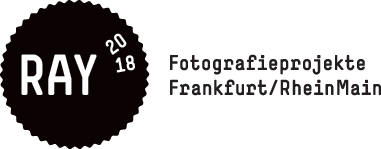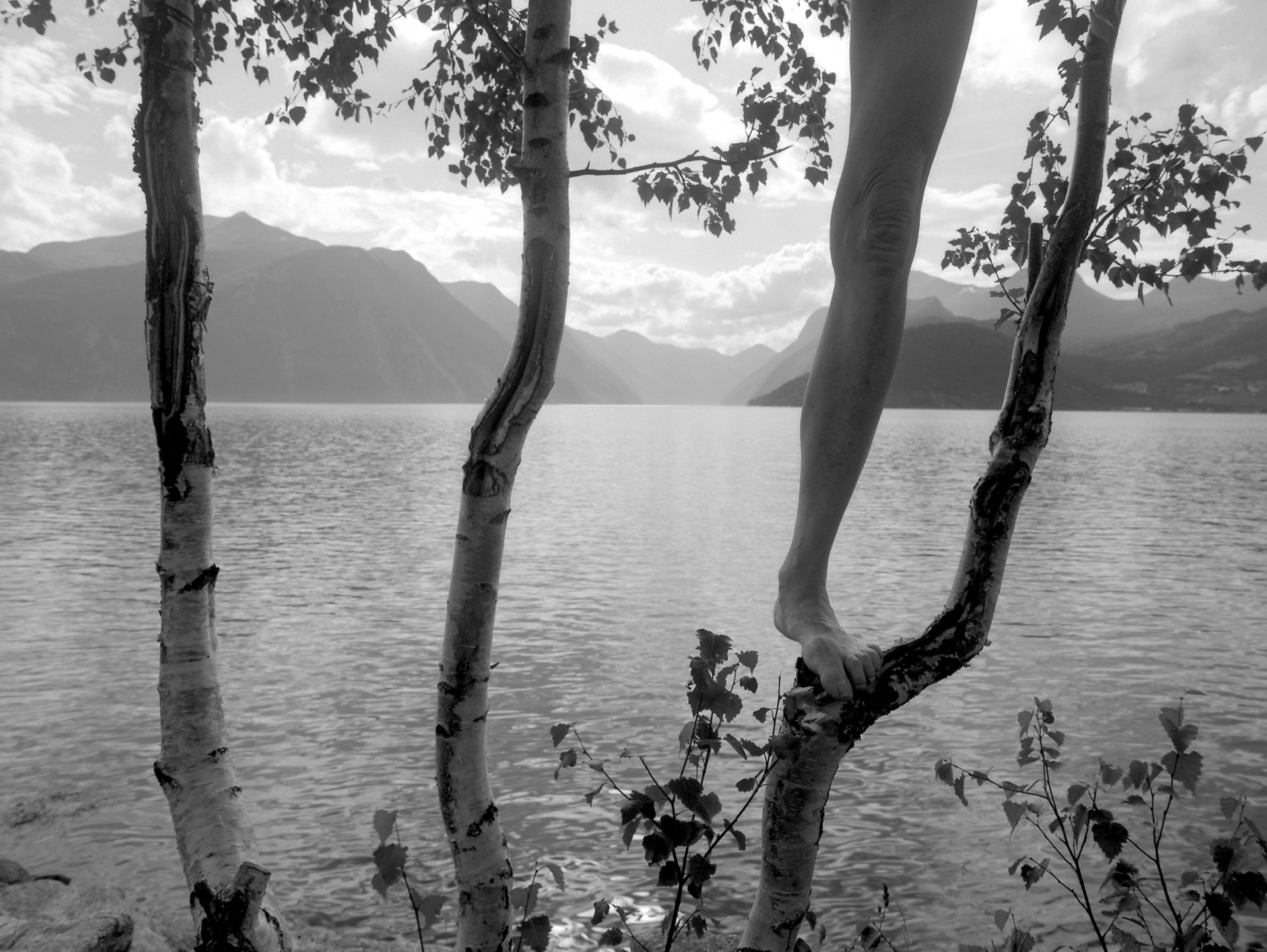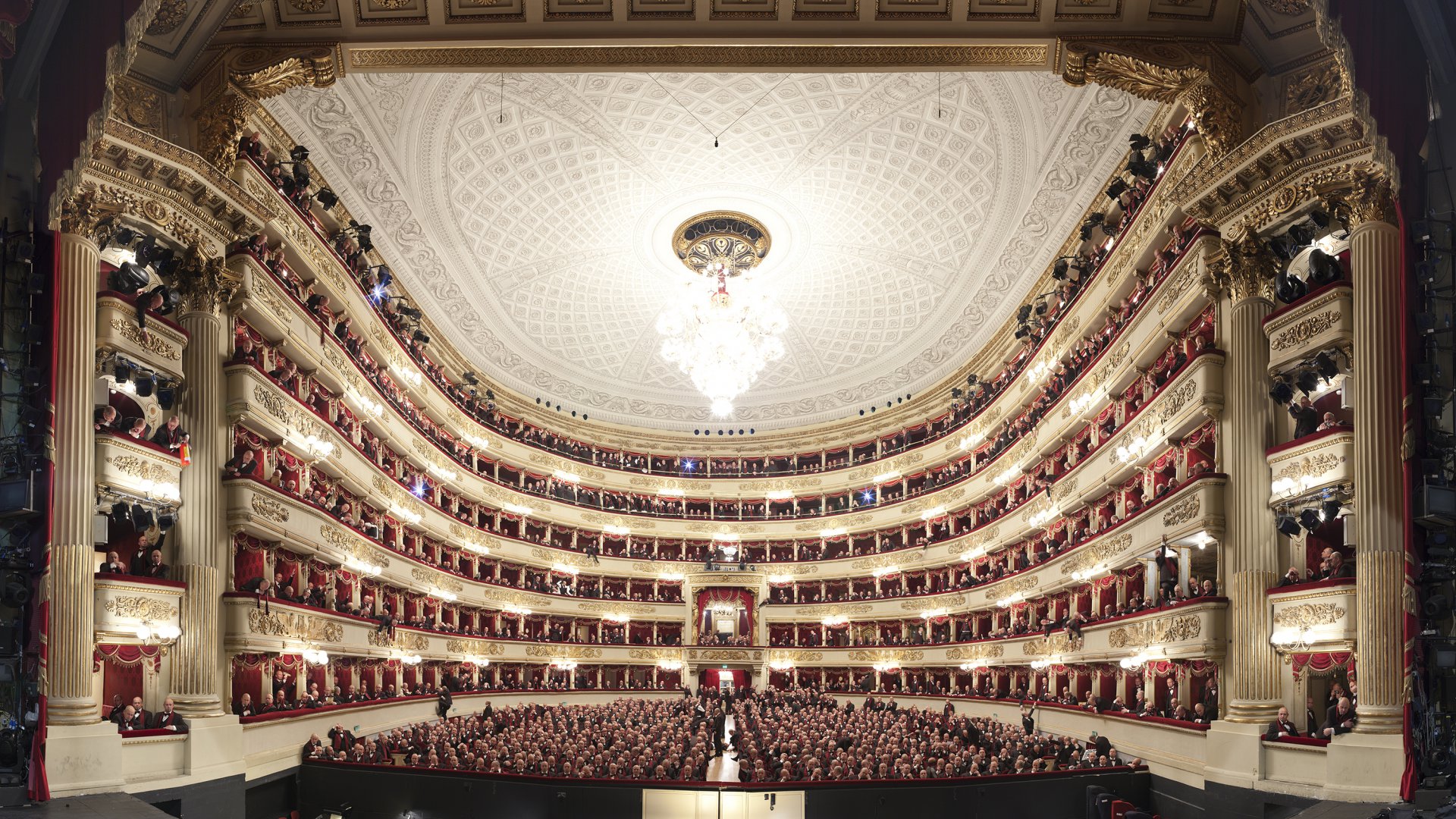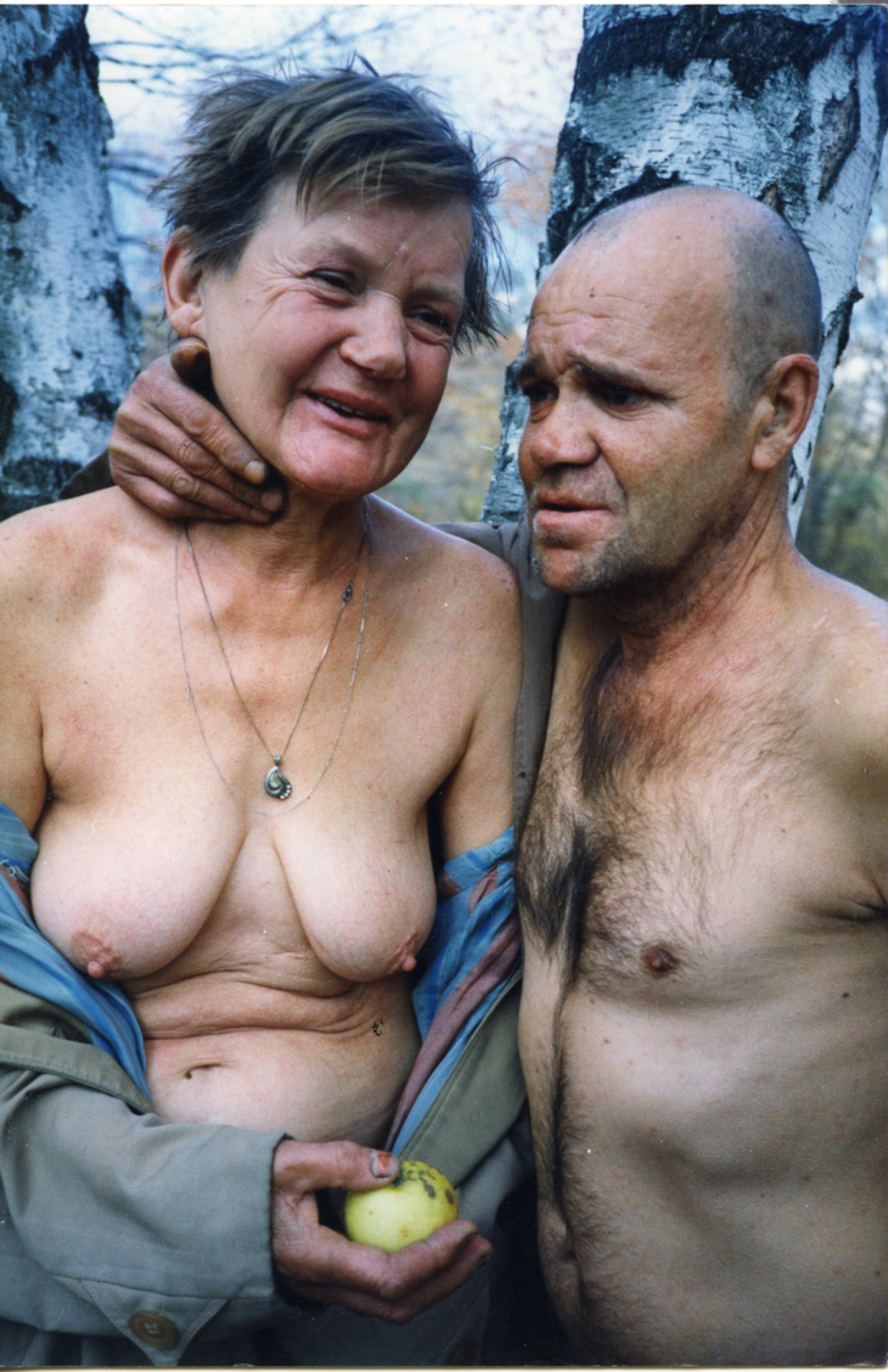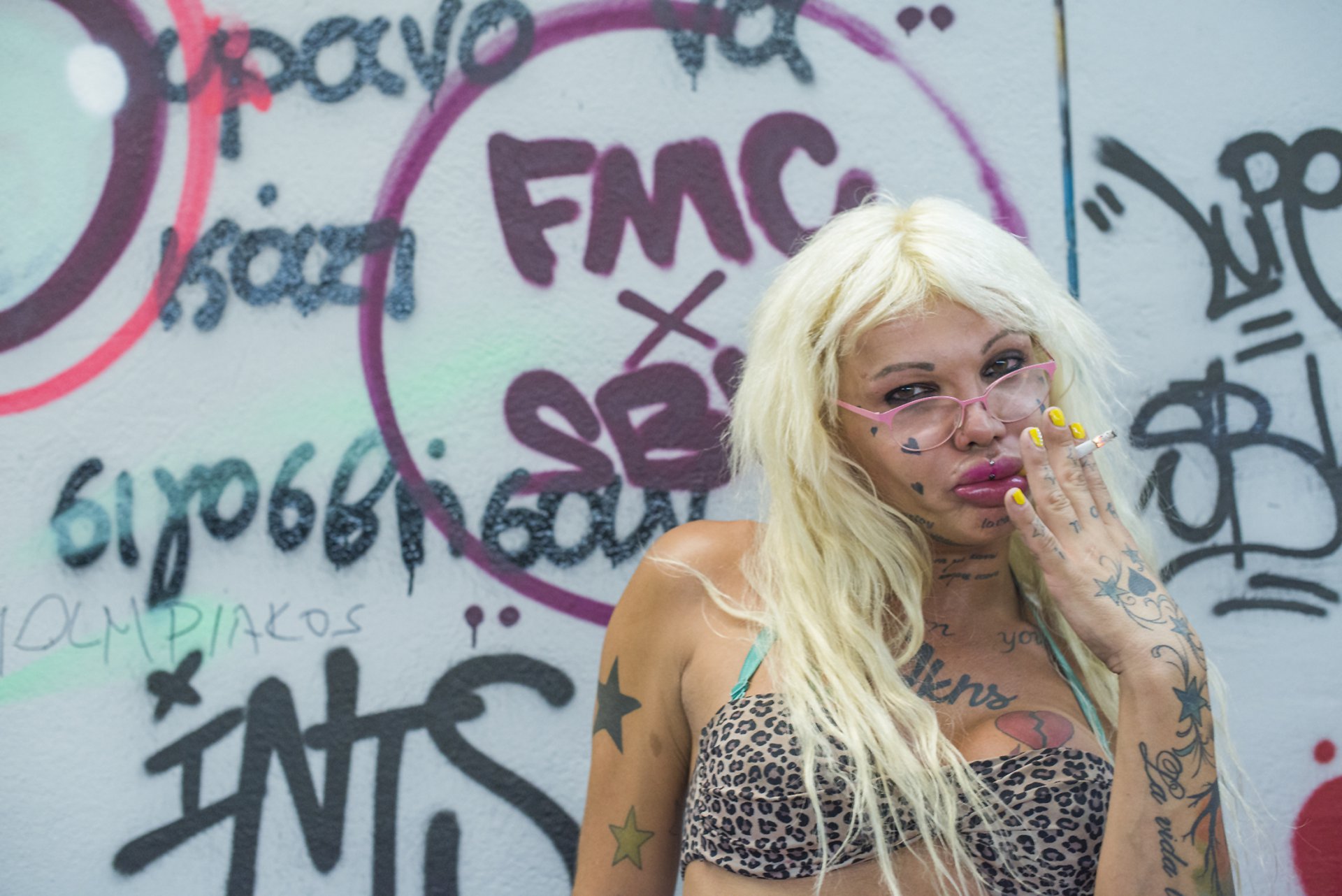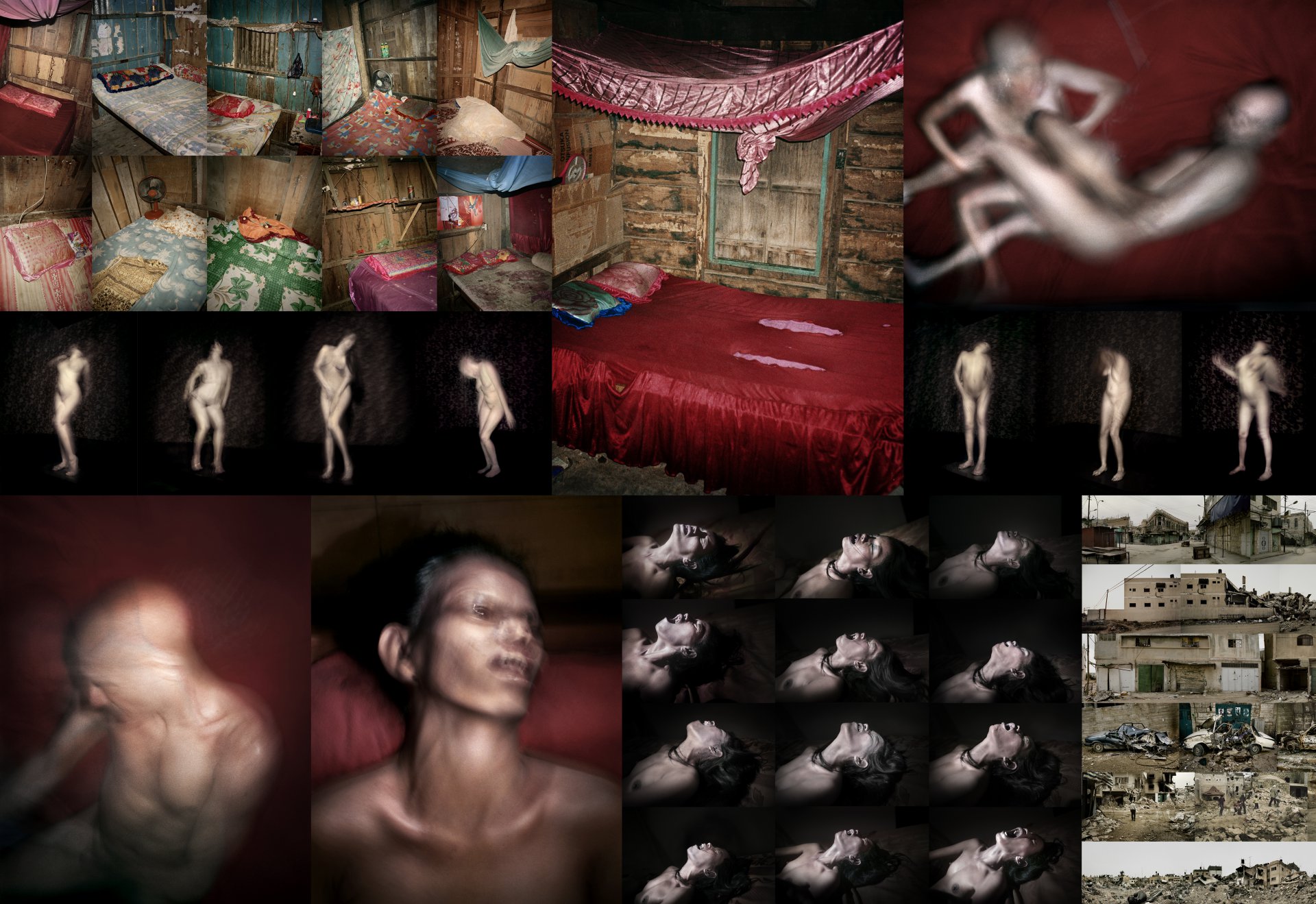EXTREME. BODIES
Museum Angewandte Kunst
24 May ― 9 September 2018
Opening: 23 May 2018, 7pm
In the Museum Angewandte Kunst the exhibition EXTREME. BODIES sheds light on representations of body and identity. Here, photography serves as the testimony of the body. The extreme finds its expression in photography — whether in the attitude of the photographer or the perception of habitats beyond the confines of normative standards set by society. For example, Carolin Saage (*1988 DE) who for years has portrayed Transgender individuals worldwide, beyond or within the photographer’s own environment, looks at and past the self-chosen staging while exposing herself to extreme emotions. In contrast, Antoine d’Agata (*1961 FR), whose photography is a reassurance of his own identity within his immediate experience in nights full of alcohol, drugs, violence and sex. D’Agata states: “It is not our view of the world that counts, but our most intimate experiences within it.”
Likewise, Boris Mikhailov (*1938 UA/DE) flirts with the borders of normality with his series Case History (1997—1998), in his Ukrainian hometown Charkow, he documents the castaways of the post-socialist society while focusing on the body as a means of expression, through portraits of the people. This presence of a person is absent in Jamie Brunskill’s (*1983 GB) films. The bodies and heads within his films are left distorted and appear like living sculptures or like carnal substrate of non-recognisable individuals. On the opposite side are the body images of the pioneers of digital photography, Inez van Lamsweerde (*1963 NL/FR) and Vinoodh Matadin (*1963 NL). With their image manipulations of the 1990s they not only revolutionised fashion photography, but also delivered an imagination of designing a body.
Arno Rafael Minkkinen’s (*1945 FI/US) surreal self-portraits that are not digitally manipulated only show parts of his body. He understands his work as “the most honest attempt to create an accordance between myself and nature.” While Minkkinen nearly disappears within his work, Martin Liebscher (*1964 DE) clones himself a hundred-fold in one image. In his “family” pictures, Liebscher poses in different gestures and stances at notorious places. The single images are later merged together on the computer. This creates images that lead the notion of identity into the absurd.
Museum Angewandte Kunst
Schaumainkai 17, 60594 Frankfurt am Main
Opening Hours
Tue, Thu—Sun: 10am—6pm
Wed: 10am—8pm
Contact
T +49 (0)69 212 31286
F +49 (0)69 212 30703
www.museumangewandtekunst.de
